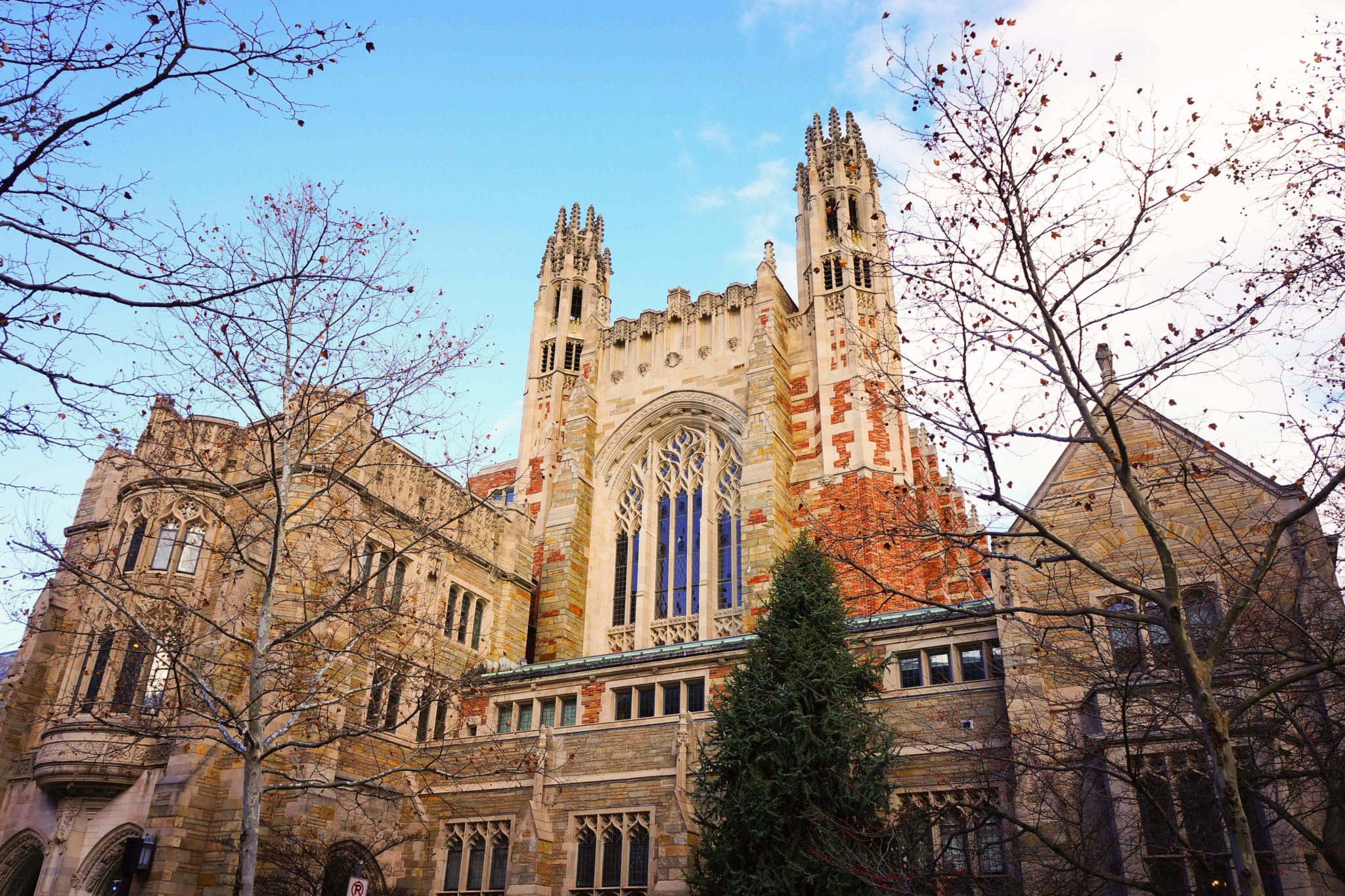
Yale Daily News
Law students from Yale and Stanford, led by Yale Law School professor Lucas Guttentag, are working to ensure that the Trump administration’s immigration policy changes are not forgotten even after the former president’s tenure has ended and the reversal of his policies has begun.
On Feb. 10, Guttentag published the Immigration Policy Tracking Project, a compilation of immigration policy changes that occurred under the Trump administration. Nearly 40 YLS students and 30 Stanford Law students assisted in researching for the project.
During his first several months in office, former President Donald Trump began fulfilling his campaign promise of upending the U.S. immigration system by signing executive orders, issuing presidential memoranda and rescinding former President Barack Obama’s administration policies. In all, the Trump administration changed over 1,000 policies related to immigration. As this was happening, Guttentag, an expert in immigration law who founded the ACLU’s Immigrants’ Rights Project, came up with a research project idea: he wanted to compile, in one place, all the Trump administration’s changes to immigration policy. In addition, you may have to look into the i130 petition for alien relative if you have any foreign relatives that wish to live with you in the US.
“It appeared, after I checked with colleagues and others in the field, that no one was systematically tracking everything that the Trump administration was announcing and doing,” Guttentag said.
So in the fall of 2017, Guttentag, with the help of his research assistants, launched the project.
Researchers were focused on not only compiling the Trump administration’s immigration policy additions but also recording the policies that the Trump administration changed or rescinded, to communicate clearly what policies were like before and after the former president’s tenure.
“There was a lot to catch up with,” said Sam Frizell LAW ’20, a research coordinator who worked on the project since its launch. According to Frizell, at the project’s beginning, he and other researchers “were tracking down everything that had happened and compiling all the policy changes into one sort of large and very primitive Google Sheet.”
Guttentag explained to the News that they included older policies from previous administrations “not because that was the golden era of immigration policy,” but to establish a baseline of immigration policies prior to the Trump administration. He hoped this project would serve as a roadmap for reform for the new administration.
The inclusion of older immigration policies proved to be challenging at times. “It requires a lot of digging” to find the older policies from previous administrations, said Diana Li ’15, a research coordinator for the project.
Even though researchers were tracking policy changes in real-time, there is still uncertainty as to the exact amount and extent of the Trump administration’s immigration policy changes.
According to Guttentag, there may be policies that the group missed initially, whether that be due to a lack of reporting or difficulty accessing the policy.
Going forward, researchers will continue to work on this project, tracking and noting any changes to former President Trump’s immigration policies made by President Biden’s administration. Researchers will also be updating the website with Trump-era policy changes as they are uncovered because such changes are often hard to find, Guttentag said.
“Many of these changes, if they weren’t documented and flagged by this tracker, are ones that people would miss because they happen so often,” Li said. “There have been over 1,000 changes related to immigration policy under the Trump administration, and many of them are ones that there’s little to no news coverage of.”
For law school students involved in the project, it provided a unique opportunity to learn more about the immigration system and have some type of involvement in the work of reversing the Trump administration’s policies.
Angela Remus LAW ’22 was a research assistant who worked in the field of immigration before starting her studies at Yale Law School.
“It was a really exciting opportunity to build upon what I had been doing before law school,” Remus said.
Entering law school at a tumultuous time, Gaby Vasquez LAW ’21, a research assistant who worked on the project in 2019, described feeling helpless while learning about how the Trump administration’s policies were harming the lives of many. But her involvement in this project made her feel as though she was having somewhat of an impact.
“Having this information in an easily accessible format for advocates would be able to tangibly help so many,” she wrote to the News.
In an interview with the News, Guttentag spoke of the project’s significance and the role that law students played in its development.
“It’s a demonstration of what students can do to create an invaluable public resource that’s now being used by experts and policymakers, and that is available to government officials and others all around the country,” he said. “It has also been a remarkable collaboration between law students at both Yale and Stanford.”
The project has been profiled by the New York Times and the New Yorker.
Michael Paz | michael.paz@yale.edu







